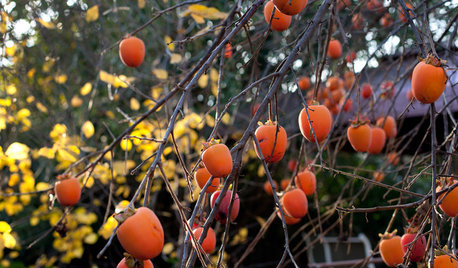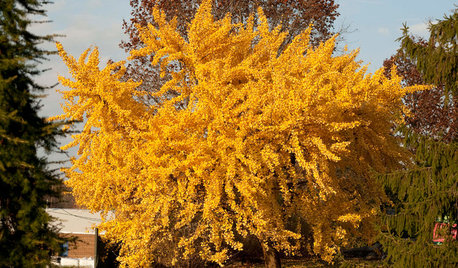Hachiya Persimmon
christie_sw_mo
13 years ago
Related Stories

FRUIT TREESHow to Grow Your Own Persimmons
Sturdy and easy to care for, these trees offer bright fruit through winter — and keeping them in bounds is no sweat
Full Story
EDIBLE GARDENSGreat Design Plant: Persimmon
Combining beautiful fruit, vivid fall leaves and low maintenance, this tree is a winner in the garden
Full Story
TREESTop 5 Trees for Fall Color in California
Bring a glorious sight to the landscape this autumn with one of these beauties that thrive in mild climates
Full Story






girlbug2
lucky_p
Related Professionals
Edmond Landscape Architects & Landscape Designers · Arnold Landscape Architects & Landscape Designers · Lakeland Landscape Contractors · Pottstown Landscape Contractors · Wilmington Landscape Contractors · Waterbury Landscape Contractors · Athens Landscape Contractors · East Patchogue Landscape Contractors · Holtsville Landscape Contractors · Homewood Landscape Contractors · Morrisville Landscape Contractors · Palatine Landscape Contractors · Paterson Landscape Contractors · San Pedro Landscape Contractors · San Rafael Landscape ContractorsScott F Smith
lucky_p
christie_sw_moOriginal Author
lucky_p
olga_6b
Scott F Smith
lucky_p
christie_sw_moOriginal Author